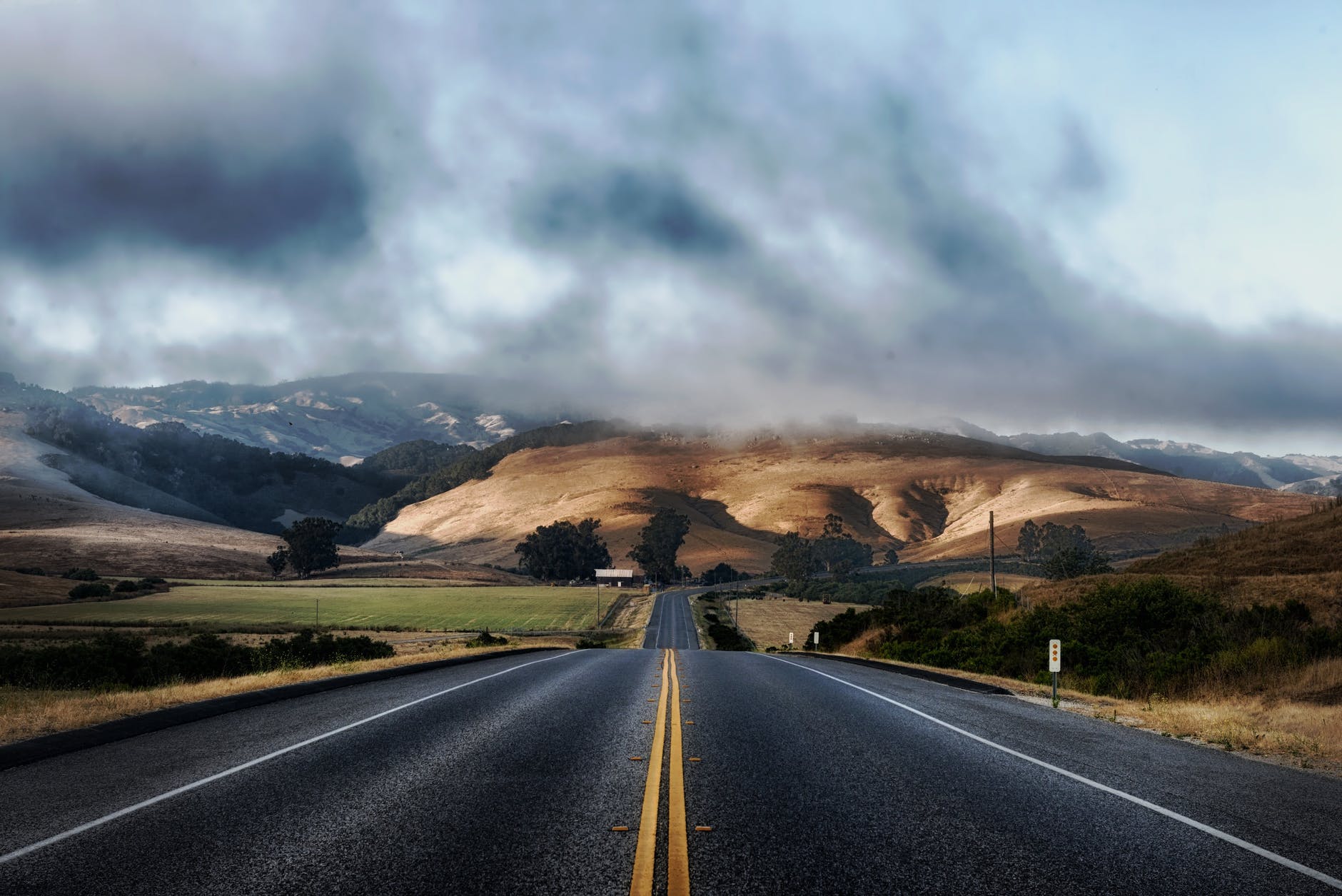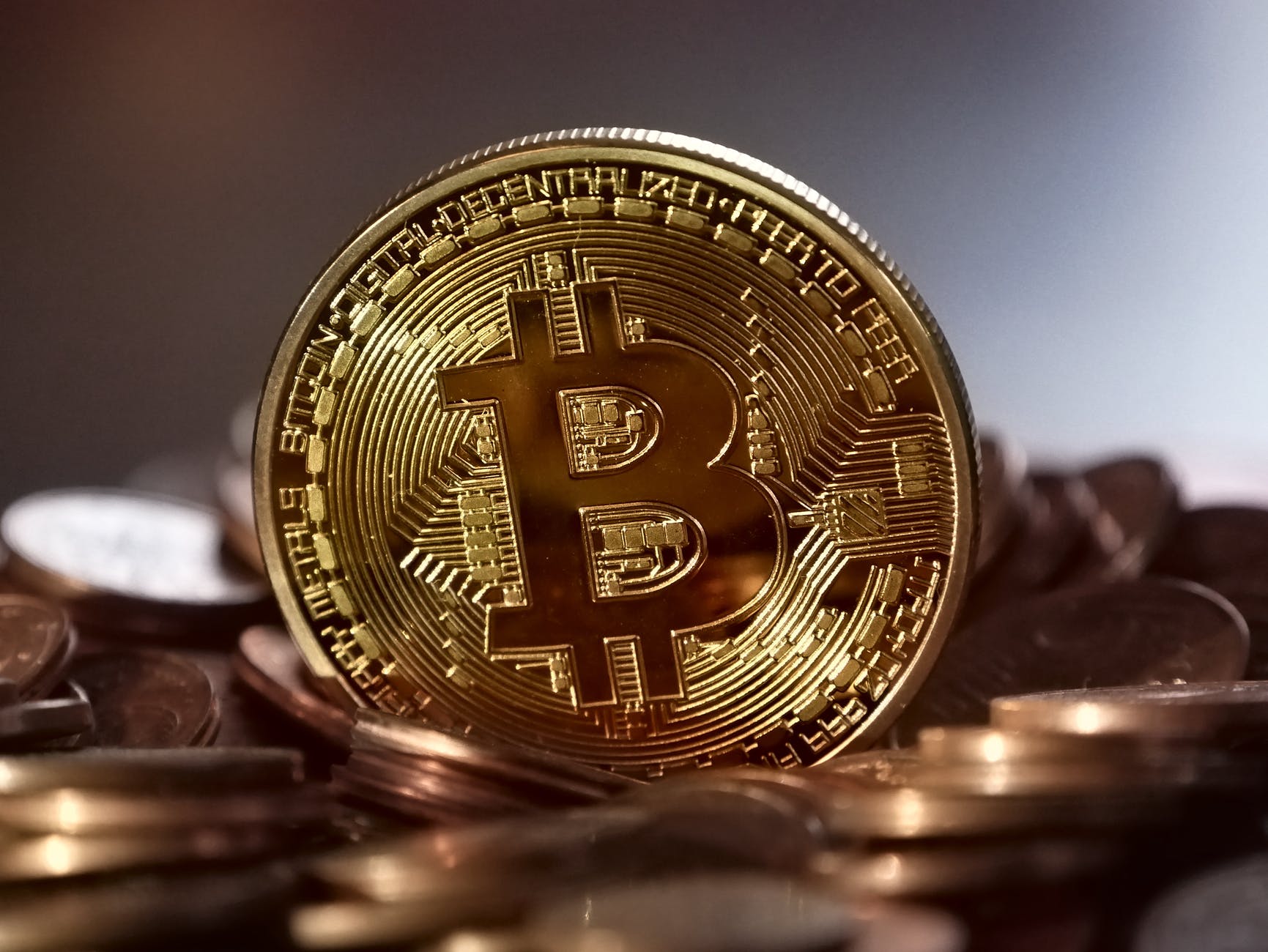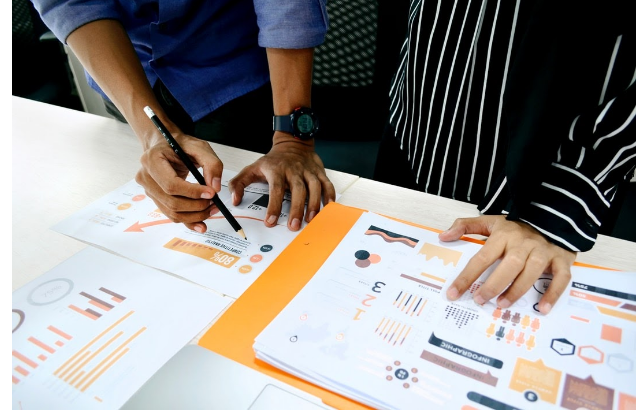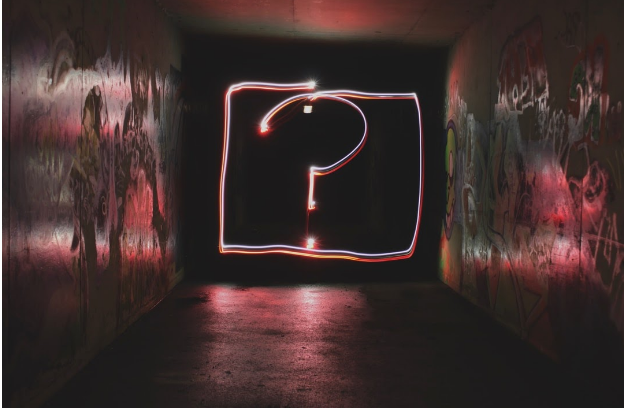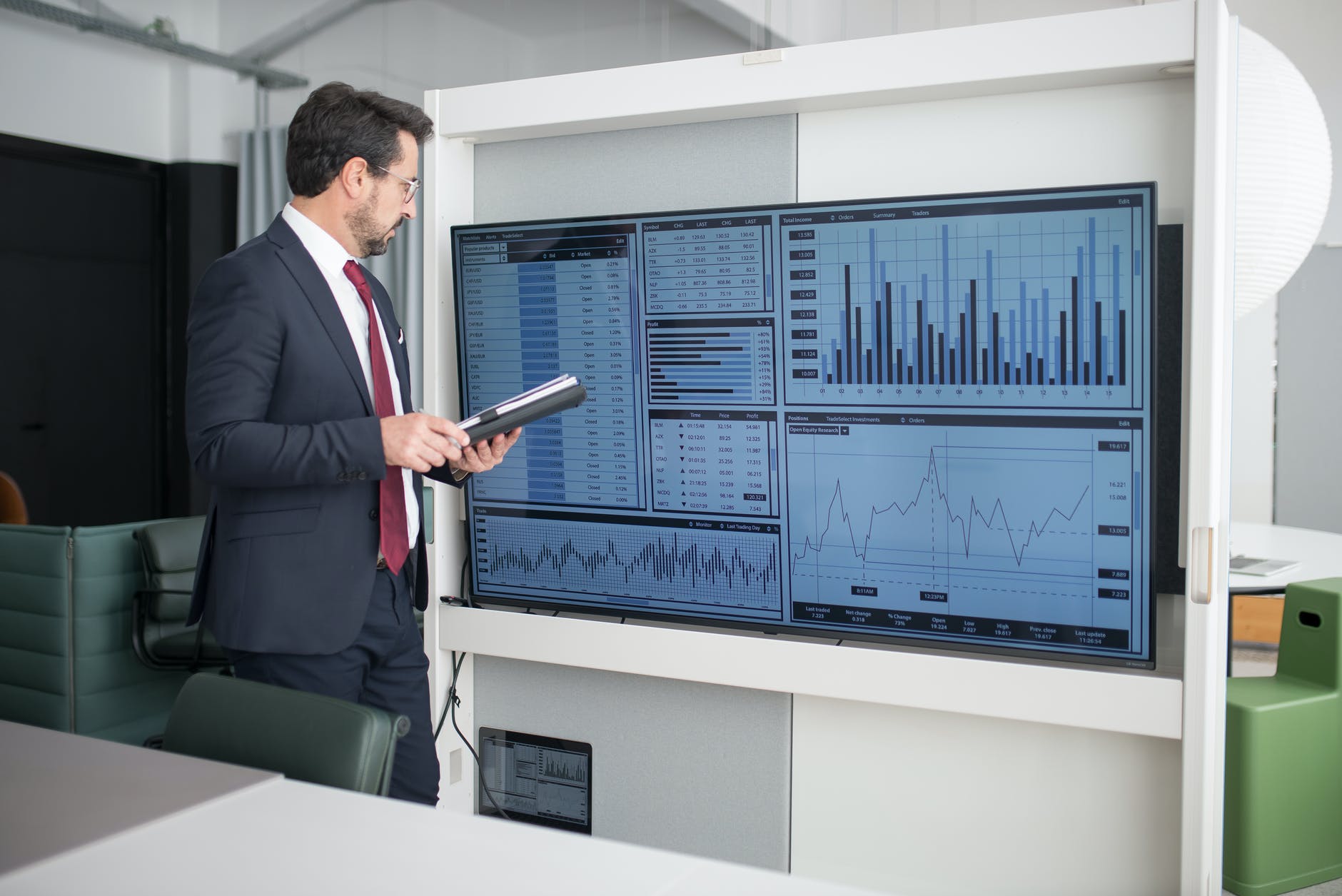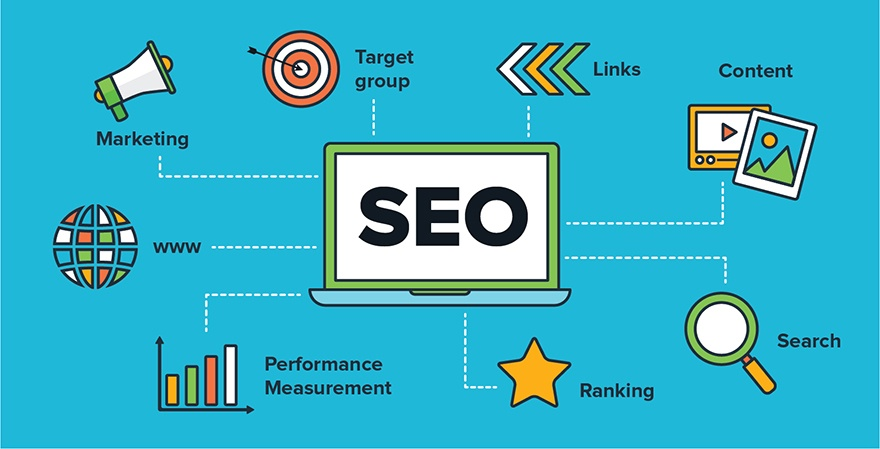For Saving Our Infrastructure, Make Every Road a TollRoad
It’s called the tolling of roads. It’s real simple, folks. You don’t want to pay for public infrastructure? Then you shouldn’t be using it. If you own a car and drive on public roads, then you should be paying tolls when you do so. Btw, you can do it with this awesome app – Uproad that works on iPhone and Android. Save your time and money. You’d buy a transponder and stick it on your windshield, and it would track how many miles you drive on a given road. You’d pay however much the state does for every mile you drive, so if the tax is $0.25 a gallon of gas, then you’d have to pay that same rate.
Of course, there are problems with this plan – one of which is that it isn’t fair to poor people – but the biggest is that every state doesn’t have its system of HOV lanes and such so that those interstate highways would be free. That’s okay. Toll all the roads, and you’ll see how much they need fixing in a hurry when nobody drives on them anymore, and it’ll encourage people to get out of their cars. If they need to work fine – but they have to pay for it. It’s a win-win situation any way you look at it. Toll the roads, fix the infrastructure, save money for governments all across America who are watching tax dollars drain right into potholes. So let’s get tough on people who complain about high taxes but don’t want to pay for roads: toll the roads, folks – every one of them.
…or something like that. I am not sure whether or not it would work, but it seems more logical than what they are doing now.
– Tolling is a method of charging fees on-road usage, either to pay for their construction or upkeep.
– Toll roads are a type of road for which toll (“usage” or “entry”) fees are assessed when traversing the highway, usually in the form of electronic toll collection gantries on specific lanes.
– Toll roads have reduced traffic congestion by allowing automated toll collection, which speeds up traffic. As a result, toll roads benefit road users by reducing the time they would otherwise be stuck in traffic and increasing their travel speed.
– Toll roads reduce air pollution and fuel consumption by decreasing the amount of idling at intersections and traffic lights and encouraging vehicle occupants to use public transportation or carpools instead.
– Toll roads are often less safe than free ones, but they are usually better lit. Toll roads require drivers to pay at least monthly fees for road upkeep, leading them to complain that tolls are an unfair tax on their vehicles.
– Toll roads became more common in the 1980s and 1990s as local, state, and federal highway budgets dwindled, and politicians sought more funds to build roadways. Toll highways increased mass transit usage and helped protect the environment by reducing air pollution caused by traffic congestion. Toll roads are designed as “managed lanes” that encourage people to use public transportation or carpools instead.
– Toll roads have been created partly to fund the cost of construction and maintenance and somewhat to keep non-toll users away from what are seen as “congested” or “overused” thoroughfares. However, toll roads have been criticized for pricing poor people off the road to ease congestion, resulting in able drivers alone paying for all upkeep costs.
– Toll roads require fewer stops and starts, reducing traffic congestion, and increasing roadway capacity by providing a non-dedicated lane in the highway for paying users. Toll roads have been criticized as being elitist or regressive taxation that diminishes traffic from lower-income citizens who cannot pay tolls on more extensive main roadways where they can be used. Toll roads also require significant initial investments of capital areas. Toll roads make it possible to work in one city while commuting from another city, thus reducing the number of people driving into cities for work every morning.
Where Has All the Money invested?
The American Society of Civil Engineers offered US street organization a D level, glancing that one out of each five interstate miles is in helpless condition—potholed, pitted, inadequately painted lines, and the entire calamity. The reason is there’s no cash to fix them. Government gas charges should keep the Highway Trust Fund above water; however, lawmakers have not raised them since approximately 1990. Subsidizing for interstates has essentially deteriorated from that point forward,” says Robert Atkinson, a long-lasting transportation strategy wonk and current leader of the Data Innovation and Advancement Establishment. In contrast to government officials, swelling doesn’t stress over re-appointment, and the 70% increment starting around 1990 methods the 18.4 pennies Americans pay per gallon is worth not precisely ever. Moreover, as vehicles get more proficient, drivers are siphoning less gas, worsening the issue. Things are excessively awful to the point that, starting around 2008, Congress has needed to cover the Interstate Asset’s setback through occasionally (possibly unlawful) moves from the overall asset—that is, charge cash paid by everybody, regardless of how much (or how less) they drive.
A Reasonable and Adjusted Cure
Over 10 years prior, Congress understood the subsidizing issue was becoming unmanageable, so they selected a bipartisan, free commission of specialists to discover arrangements. A Vehicle Miles Voyaged charge is the thing that it seems like: a cost that applies to any place you will go. Drivers tend to pay as per the mile at a rate that mirrors the actual expense of driving. The thought is well known. The more significant part of states has investigated burdening VMT. The most conspicuous has been Oregon. In 2006 the state enlisted 300 drivers for an experimental run program and equipped their vehicles with GPS. For every mile, they pay 1.5 pennies.
Such restricted preliminaries have been genuinely effective; however, a direct cost for every mile doesn’t verge on tapping the VMT duty’s maximum capacity. A VMT expense could pack down on blockage by adding a couple of pennies to the per-mile charge during busy times or when drivers enter downtown areas. To control emanations, clunkers could pay a higher per-mile rate.
